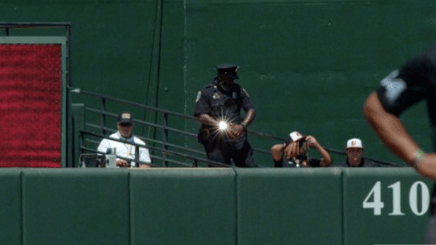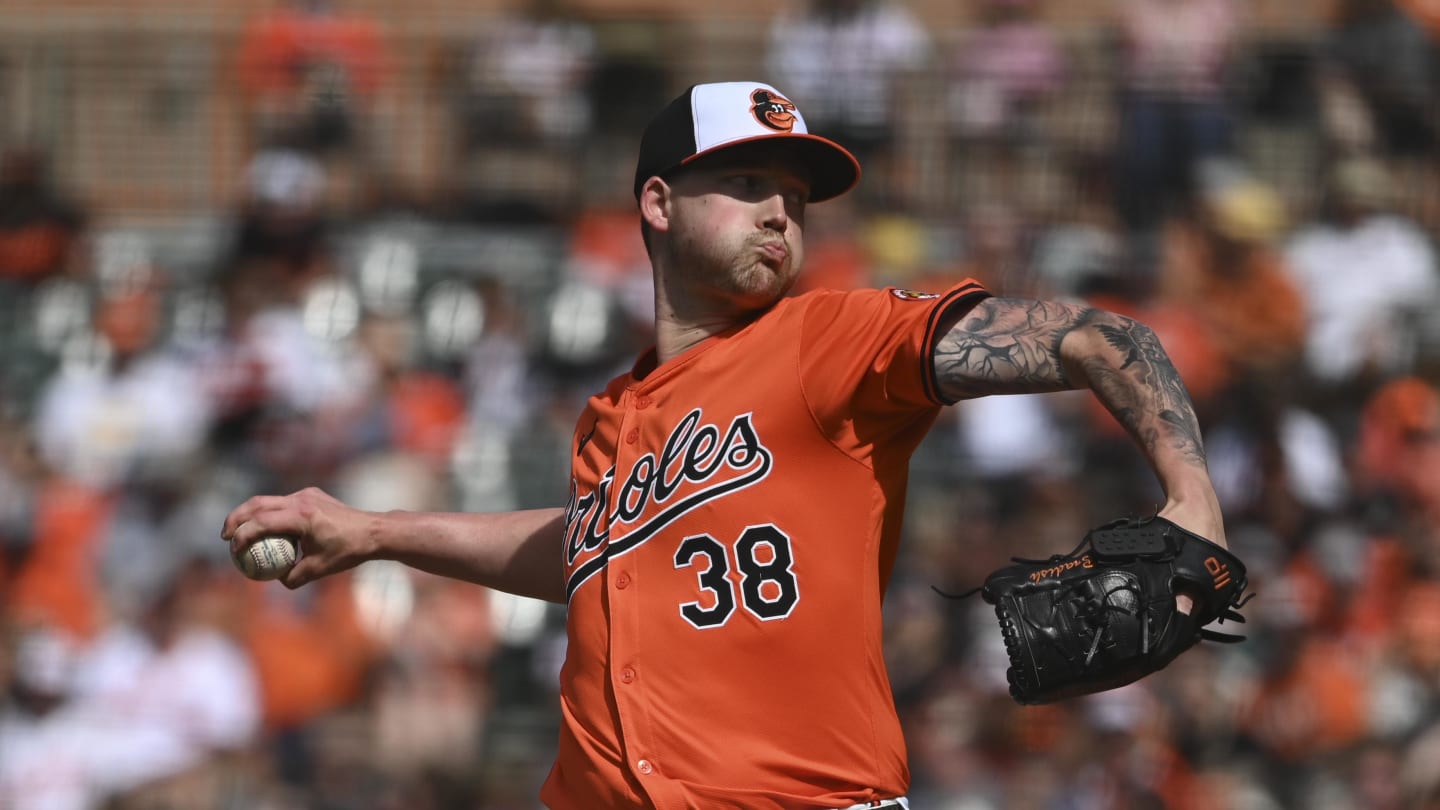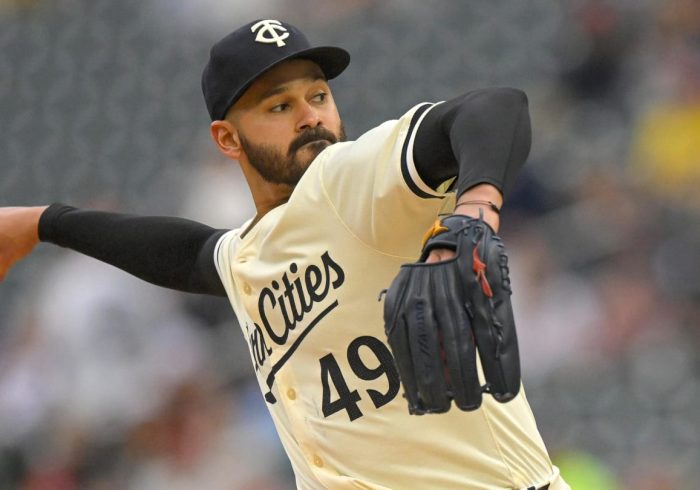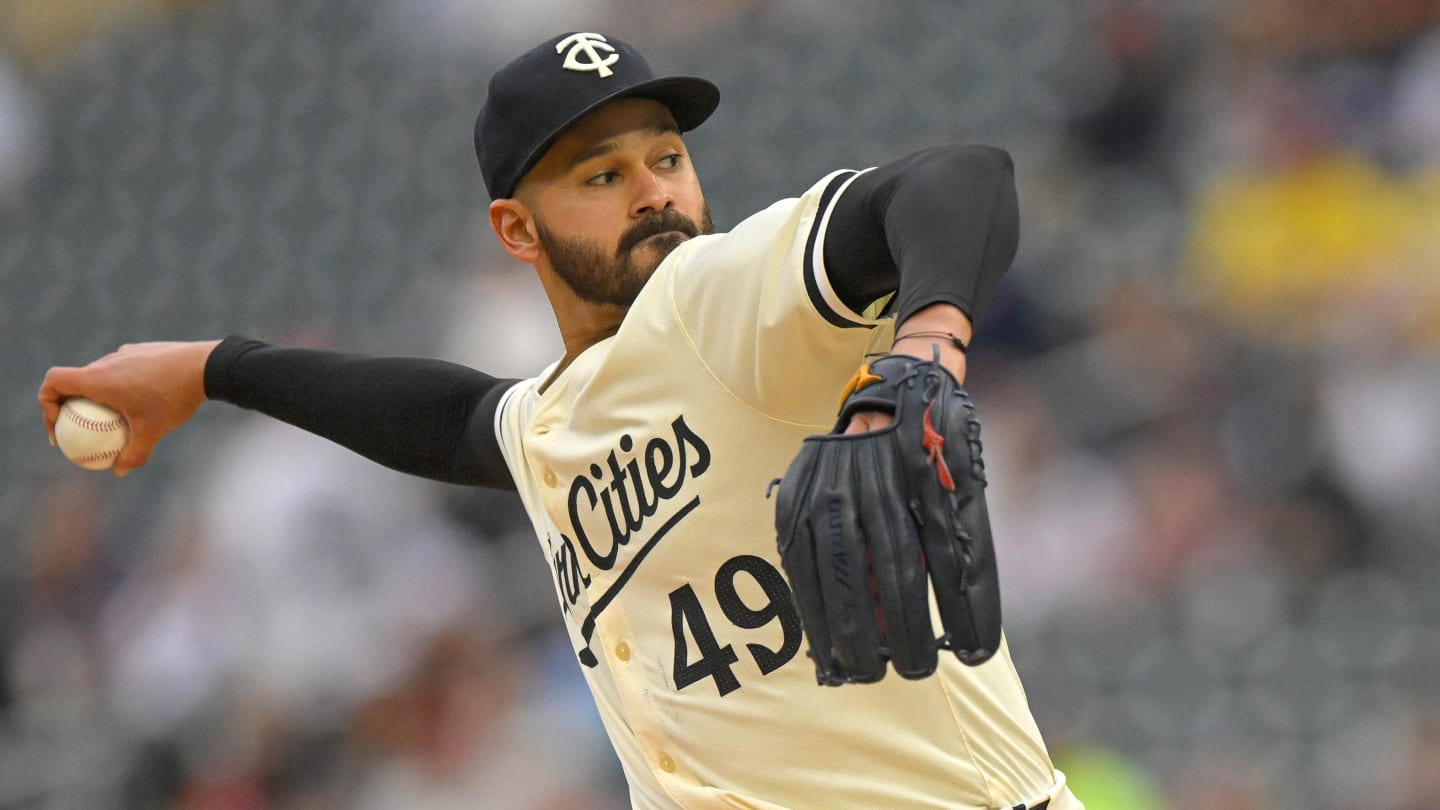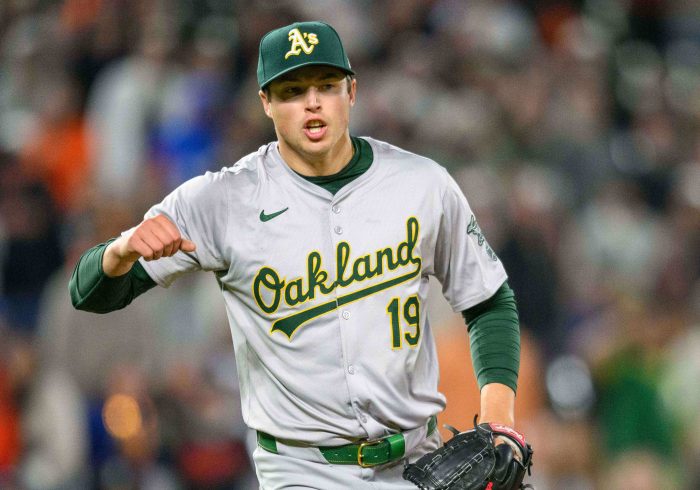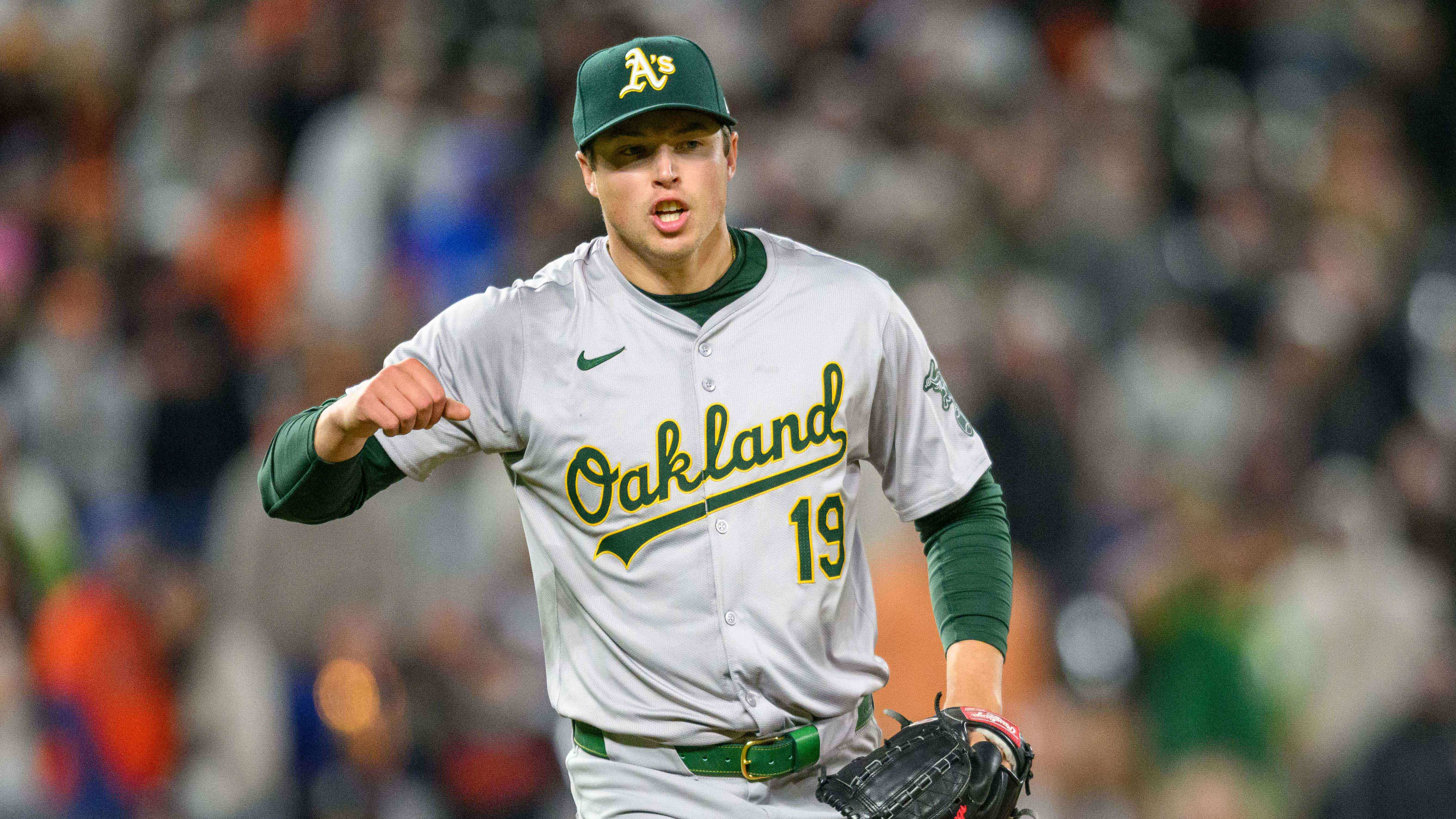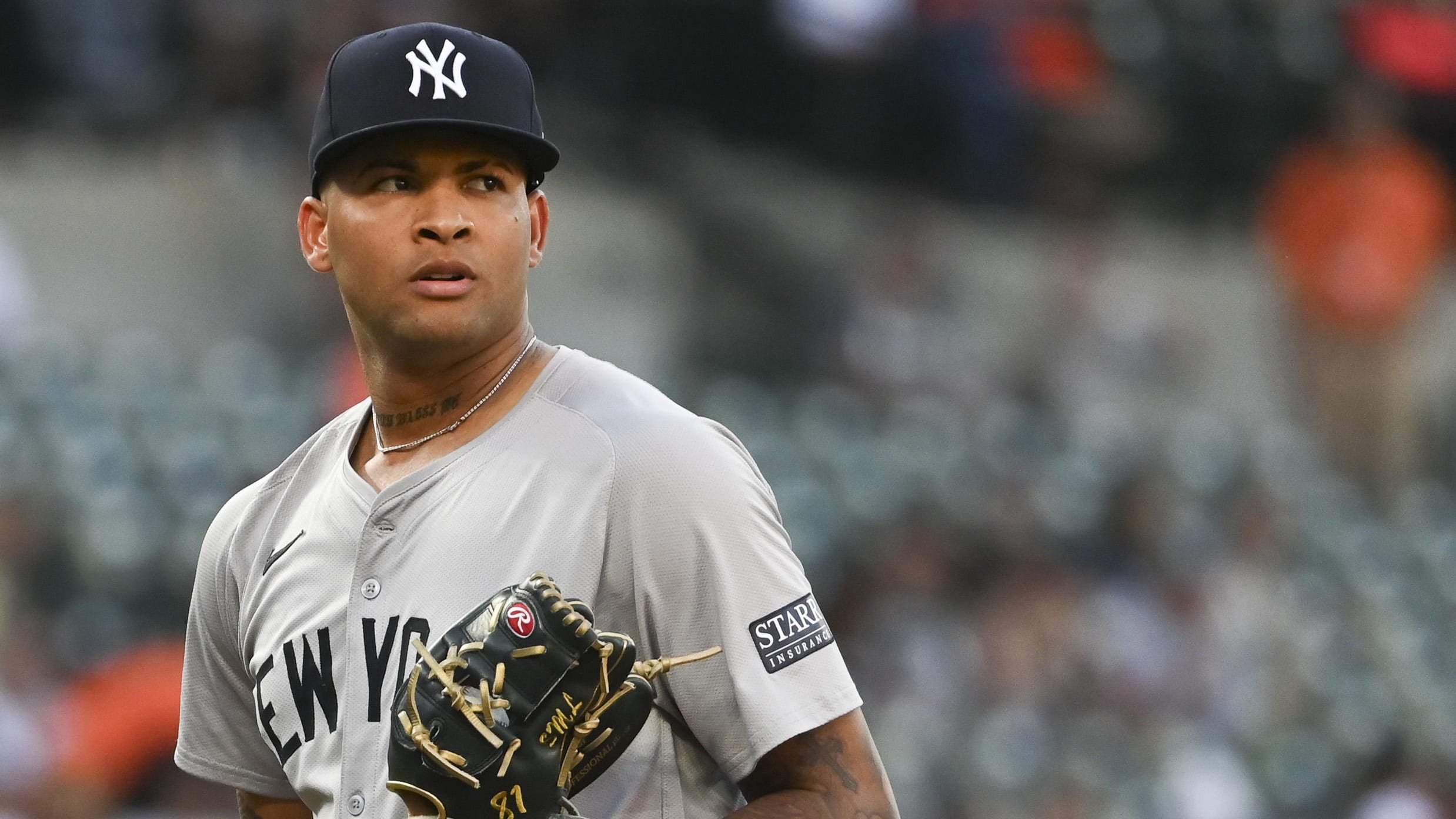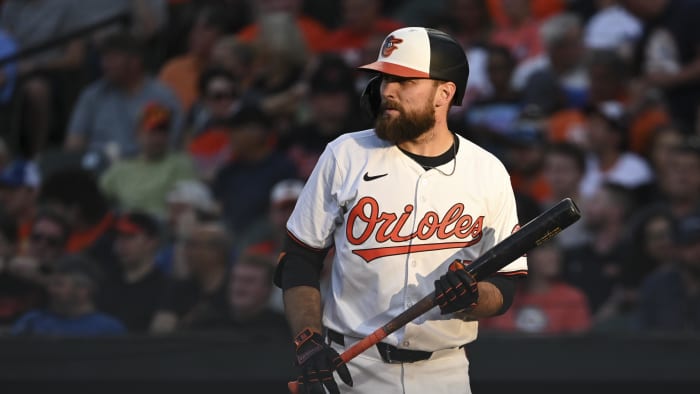Thursday is a travel day for a handful of teams in the big leagues, but we still have baseball starting in the afternoon.
With about a third of the season finished, it's time to look for some buy-low candidates and I have my eye on Twins' starter Pablo Lopez, who is due for a big uptick in production as the calendar flips to June. The matchup is daunting against the surging Yankees, but are the Twins live for an upset?
I have betting break downs for each game on the Thursday MLB card below!
Odds courtesy of FanDuel Sportsbook
The Orioles are the best-hitting team in baseball against left-handed pitching, making this is a tough ask for the Blue Jays, who will start Yusei Kikuchi on Thursday afternoon.
Yes, Kikuch has lowered his walk rate to a career-low of five percent, but he still allows hard contact at a 43% clip, ranking in the 19th percentile, per MLBStatcast, a ripe matchup for the Orioles loaded lineup.
After a rain out on Wednesday, we get a Thursday meeting between these two, and I’m looking to fade Royal starter Brady Singer.
Brady Singer has 2.63 ERA but is due a ton of regression with an xERA of 4.35.
Against a Guardians lineup that can put the ball in play at an elite level, 11th in OPS, I’ll back the home favorite.
Bryan Woo has looked the part in five starts this season, posting a 1.30 ERA as he continues to be stretched out. Woo is striking out fewer batters, down to 18% from 25% as a rookie, but is walking only two percent of hitters while limiting posting an elite blend of fastball and off-speed pitches to avoid blowup innings.
With limited path to base runners, I struggle to see the A’s keeping up on Thursday.
Los Angeles is the second-best hitting team against lefties this season and draws a favorable matchup against Bailey Falter of the Pirates, who has seen his strikeout rate diminish to 15% this season.
Falter won’t be able to get around the vaunted bats of Los Angeles, and somebody is due for a big-hitting day against him with his xERA sitting far higher than his actual ERA (3.22 vs. 4.73).
I’ll take a stab at the Nationals as home underdogs on the premise of a summer drop-off from Reynaldo Lopez, the Braves starter.
Lopez has a 1.73 ERA, but his xERA is far higher at 3.72. He has been crushed by hard contact (42nd percentile) and his offspeed pitches are ineffective (17th percentile in terms of run value), and I believe the Nationals can have success. This is worth a flier on a home underdog.
Pablo Lopez’s numbers don’t indicate that he’s pitching at a high level, but he may be due for a big jump statistically based on his pitching. He has a 4.84 ERA despite posting a career-best walk rate. He has an xERA of 2.99 despite posting a 73rd percentile xBA, and I believe that he will turn it around soon.
I’ll fade the red-hot Yankees with a pitcher that is ripe to outperform expectations.
The Cubs slide in play continues, and this matchup doesn’t set up well for them as the team heads to Cincinnati to face the Reds with emerging arm Hunter Greene on the mound.
Chicago is 29th in OPS over the last 30 days while the Reds check in eighth. Further, Cubs’ starter Javier Assad may be due for a drop in play after a strong start to the year. He has a 2.27 ERA that is supported by a 3.72 xERA.
Sonny Gray has been on a tear this season. He has a 3.00 ERA while striking out a career-best 33.5% of batters. Even when hitters are putting the ball in play, it's soft contact (66th percentile in hard-hit percentage).
At home, the Cardinals should have little issue getting past the Rockies.
Tanner Houck is putting up All-Star numbers for Boston this season, posting a 1.85 ERA, and now faces the worst offense in Major League Baseball in Chicago, with the lowest OPS.
I’m not backing an upset given the lack of talent for the White Sox.
This is a fade of Randy Vasquez of the Padres, who has a 5.41 xERA and is walking nearly 10% of batters. This is problematic against the Diamondbacks, a team that is top 10 in walks this season and eighth in on-base percentage.
Game odds refresh periodically and are subject to change.
If you or someone you know has a gambling problem and wants help, call 1-800-GAMBLER.
